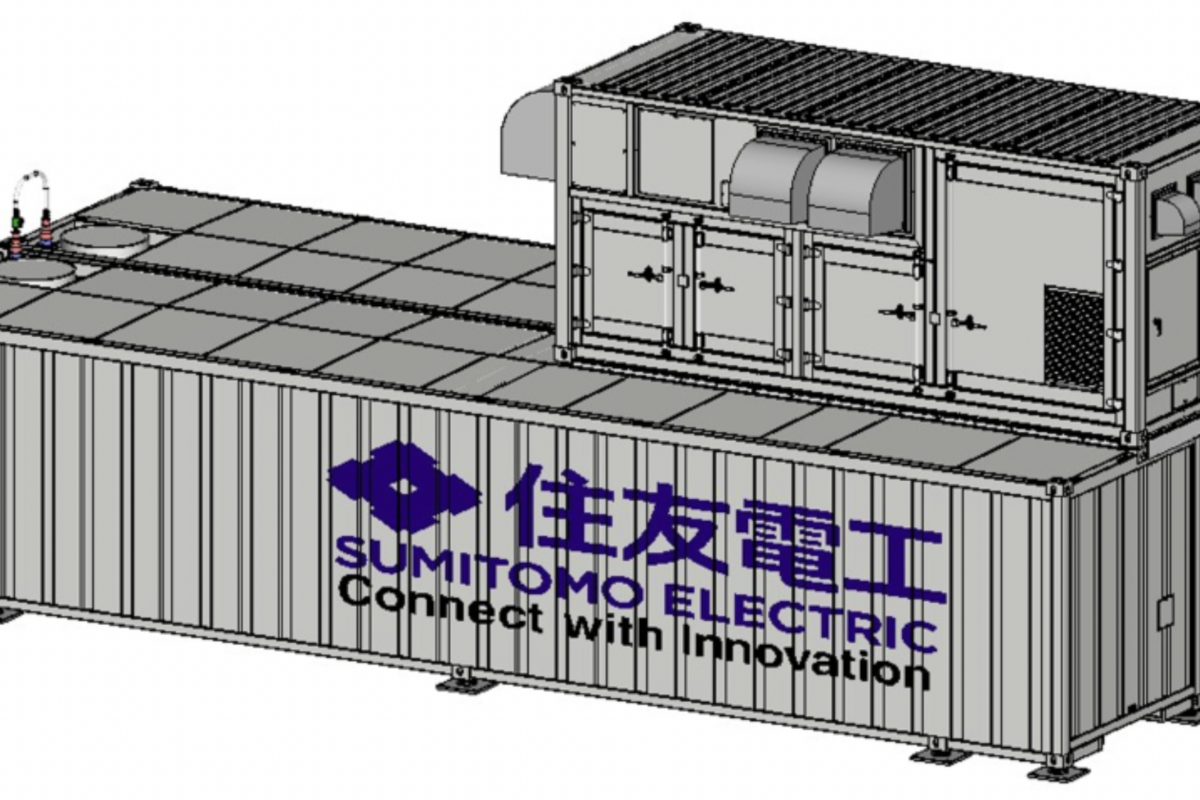An international research team has developed a new approach to predict the transformer temperature through symbolic regression based on the optimization of particle swarm.
A group of scientists from the pontifical Bolivarian University of Colombia has developed a new temperature prediction method for PV -Omsorers who uses symbolic regression (SR) on the basis of particle swarm optimization (PSO) for prediction.
SR is a machine learning technique that identifies mathematical expressions that describe the relationship between input variables and export data; PSO is a bio-inspired optimization algorithm.
“The correct temperature control of a solar version is essential for maintaining the efficiency and life of these systems. Inaccurate temperature modeling of solar conformers can significantly influence their performance and reliability, which influences the thermal management and the operational efficiency of these devices, “the group said.
“In addition, incorrect temperature forecasts can lead to suboptimal strategies for thermal management, resulting in energy losses and reduced efficiency of solar converters.”
The PSO-based SR algorithm starts with defining internal symbolic variables. Random symbolic expressions are made by combining 3-6 terms from the pre-defined function list and then the expressions are evaluated with the help of root-average square error (RMSE) between predicted and actual values. After this, the PSO works itself based on the personal and global best solution it has found. “The algorithm refines iterative expressions about 25 iterations, balance between exploration and exploitation to minimize RMSE,” the academics added.
Image: Pontifical Bolivarian University, International Journal of Advanced Computer Science and Applications (IJACSA), CC by 4.0
To train and test the emergency model, the group has made a database of a PV system on the roof of a building in Montería, Colombia. The inverter was housed in the structure on the roof and had a nominal capacity of 36 kW with a wealth voltage range of 540-800 VDC. The temperature, active power and DC bus voltage of the inverter were registered for a year and 70% of those data points were then used to train the new method, using 30% to test it. It was compared with a multiple linear regression (MLR) model and SR on the basis of genetic algorithms (GA).
The results showed that the SR PSO did best on both the training and testing. In the training it had an RMSE of 3.97 and an average absolute error (Mae) of 3.36, while the MLR had 4.22 and 3.55 respectively. SR GA scored with an RMSE of 4.59 and a Mae of 3.78. In the test phase, the SR PSO had an RMSE of 4.12, MLR had 4.52 and SR GA had 4.8. The Mae was 3,31, 3.73 and 3.66 respectively.
“Regarding the computer time, the algorithm completed 25 iterations within 0.175 hours per version. The RMSE reduction achieved a value of 3.97 and positioned it as a competitive method compared to techniques such as neural networks or traditional multivariate regression for problems with non -linear relationships, “concluded the group. “The limit of 25 corrections in the symbolic regression algorithm based on PSO ensures a short and controlled implementation time (0.175 hours), balancing the calculation efficiency and precision when searching for solutions.”
The new approach was presented in “Temperature prediction for photovoltaic inverters using the symbolic regression based on particles swarm optimization: a comparative studyPublished in the International Journal of Advanced Computer Science and Applications (IJACSA). Scientists from Spain’s University of Pamplona and Valencia Polytechnic University, as well as those of Mexico University of Guadalajara Participated in the research work.
This content is protected by copyright and may not be reused. If you want to work with us and reuse part of our content, please contact: editors@pv-magazine.com.
Popular content


